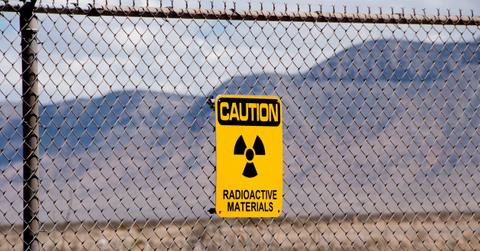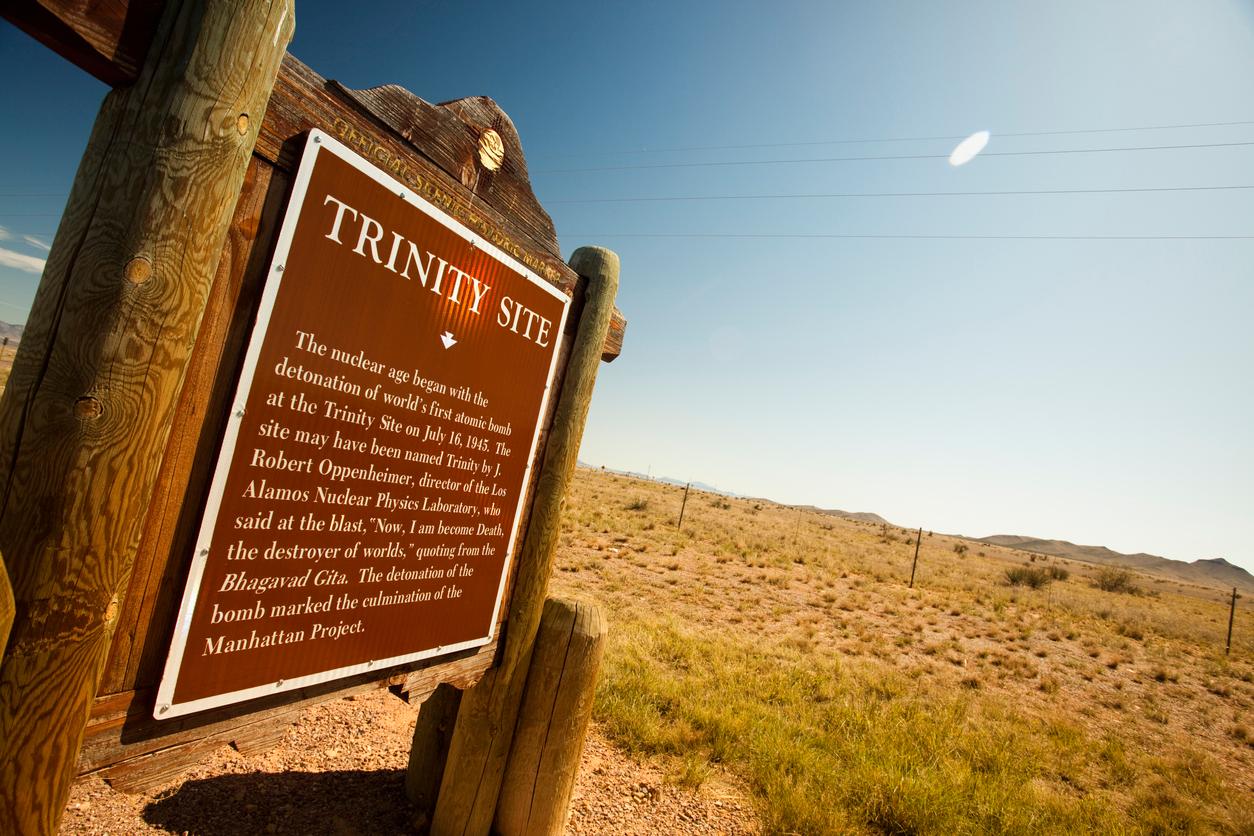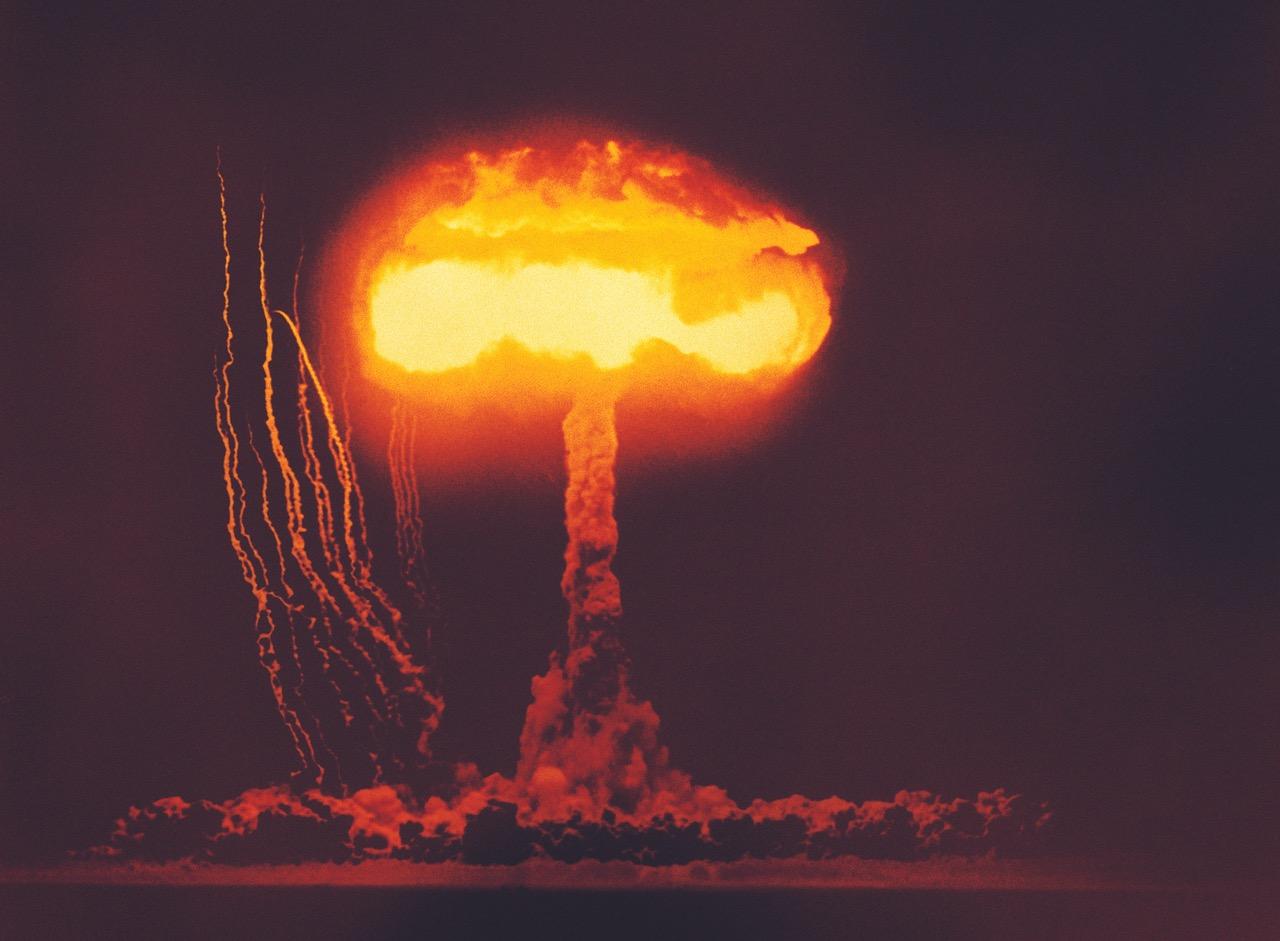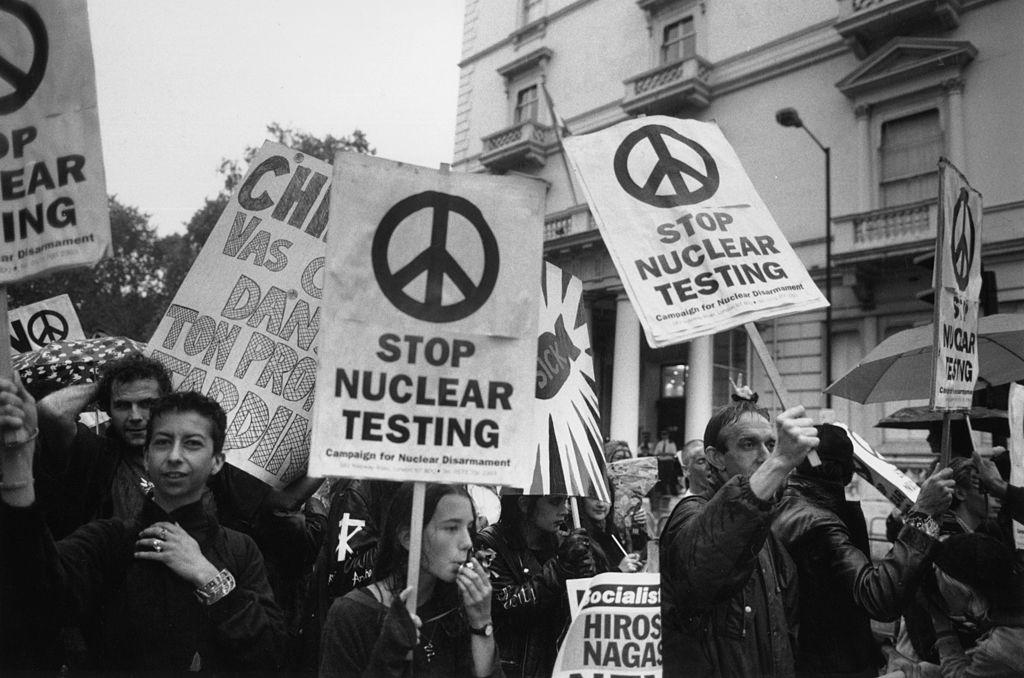Do You Live Near an Old Nuclear Test Site? Here Are the Most Notable Sites
Updated May 31 2023, 3:47 p.m. ET

Despite the many environmental hazards of nuclear testing, there have been more than 1,000 nuclear test sites in the U.S. These sites have been the breeding ground for soil and groundwater contamination, as well as radioactive waste.
Today, these nuclear test sites are dormant — however, that doesn’t mean that they don’t still pose a slight risk to both people and the planet. Keep reading to learn more about some of the most notable sites and the history behind them.
The Trinity Site is where the first nuclear weapon test took place.

The very first nuclear test took place on July 16, 1945, near White Sands National Monument in New Mexico. Without any warning to the residents of the state, a team of scientists detonated the first atomic bomb right before dawn.
The explosion created a mushroom cloud with a plum that reached as high as 70,000 feet in the sky, according to National Geographic. In the hours following the blast, fallout had already been detected in faraway states like New York.
Despite the fact that the Trinity Site was chosen for its supposed remoteness, almost half a million people lived within 150 miles of the blast. None of these citizens were evacuated or warned beforehand — in fact, some didn’t even learn the truth of what happened until years later.
This first event spurred the beginning of nuclear testing around the world.
A lot of nuclear testing sites are in Nevada.

Instead of putting an immediate end to testing in the U.S., the government decided to open up a whole new facility a few years later. Residents in Nevada and Utah were notified that nuclear bombs would be tested nearby — this was soon known as the Nevada Test Site.
While it’s great that people were officially notified of the tests this time around, they were still falsely told that there was no danger outside of the perimeter. And for a time, residents believed this to be true; they even went as far as embracing and celebrating the nuclear tests.
Many people watched the blasts on T.V. and the locals in the area started viewing them as a form of entertainment. Bars and casinos used the tests as a business opportunity — “atomic cocktails” and “dawn parties” were soon a fixture in Vegas.
Eventually, the real effects of the nuclear tests became evident. Residents started to have serious health issues like brain tumors, leukemia, thyroid cancer, and more. Food supplies were also contaminated due to fallout from the blasts.
If you’ve lived in the U.S. since 1951, you’ve been exposed to radioactive fallout from these nuclear tests, according to the CDC and the National Cancer Institute (NCI).
The largest underground test was on Amchitka Island.
In Alaska, Amchitka Island was the site of three very controversial underground tests. The first test, which was named “Long Shot,” was performed with the goal of deciphering the difference between earthquake and nuclear shock waves.
Both the second and third test — Milrow and Cannikan — were connected to the anti-ballistic missile development program in the U.S. Cannikan is known as the largest underground test in the country’s history, according to Atomic Archive.
Project GNOME took place in Carlsbad, New Mexico.

Project Gnome is considered the first “peaceful” nuclear test — whether or not a nuclear test can really be peaceful is totally up for debate. A peaceful nuclear explosion is typically one that is conducted for non-military purposes, the UN explained.
The goal in Carlsbad was to investigate whether or not it was possible to turn heat from the nuclear explosion into electric power. Other purposes of these tests include excavations for canals and reservoirs, and fracking.
From an environmentalist perspective, it’s pretty easy to understand how an explosion conducted for the purpose of fracking wouldn’t be considered peaceful.
Out in the Pacific Ocean, scientists were testing the vulnerability of submarines.
Another notable test site happens to be out in the Eastern Pacific Ocean. This test, commonly known as Operation Wigwam, was meant to determine how vulnerable submarines were to nuclear weapons.
Like many of the previous nuclear tests, the operation was very controversial — most of the people were already on the ship when they were made aware of the test that was to take place, Green Valley News reported. Not only were the sailors exposed to radiation, but they were also told to not speak about the operation.